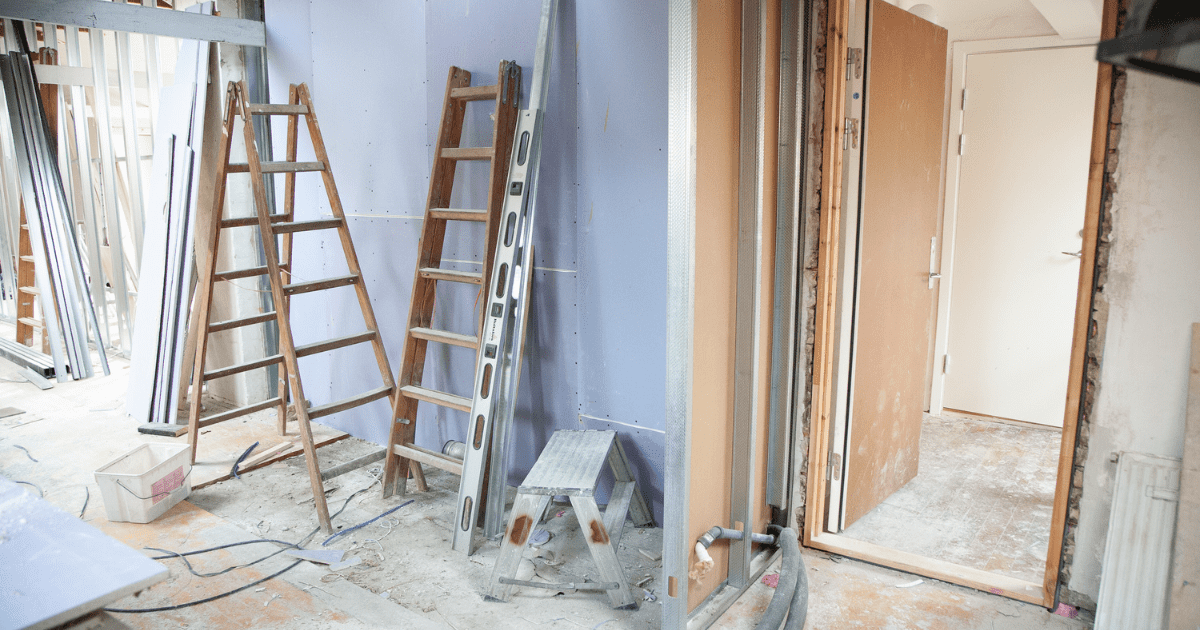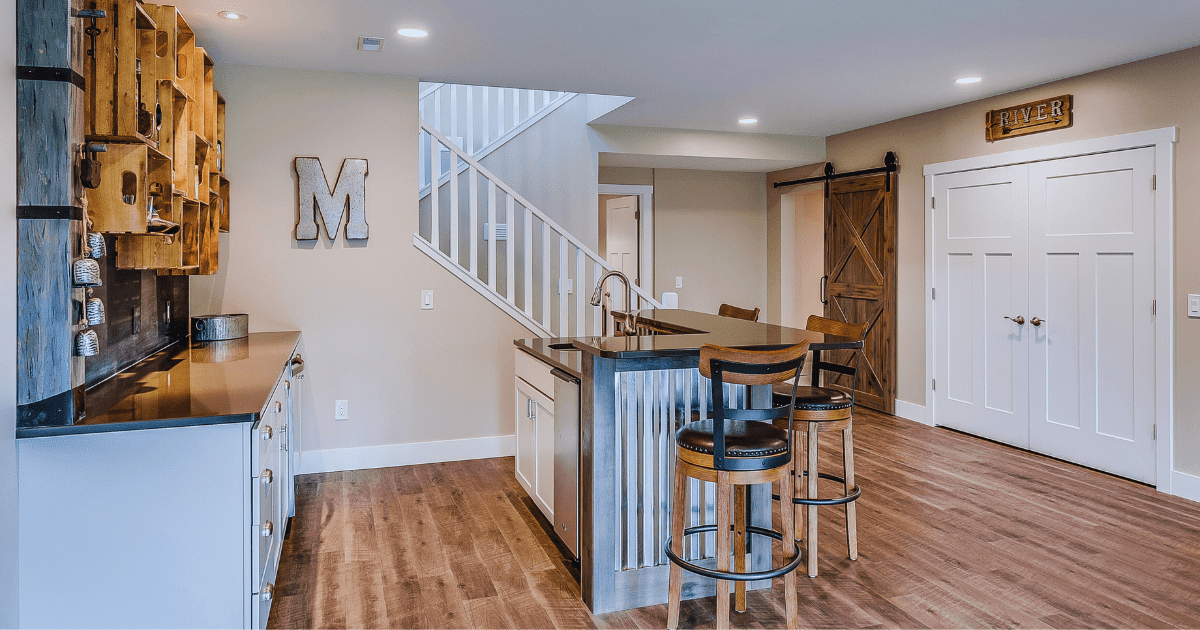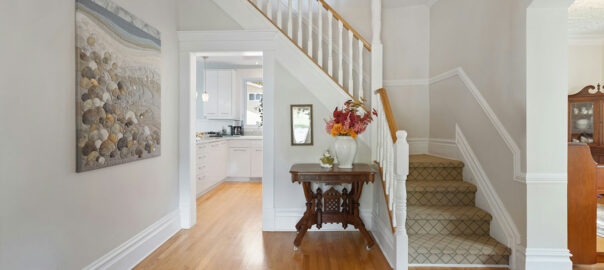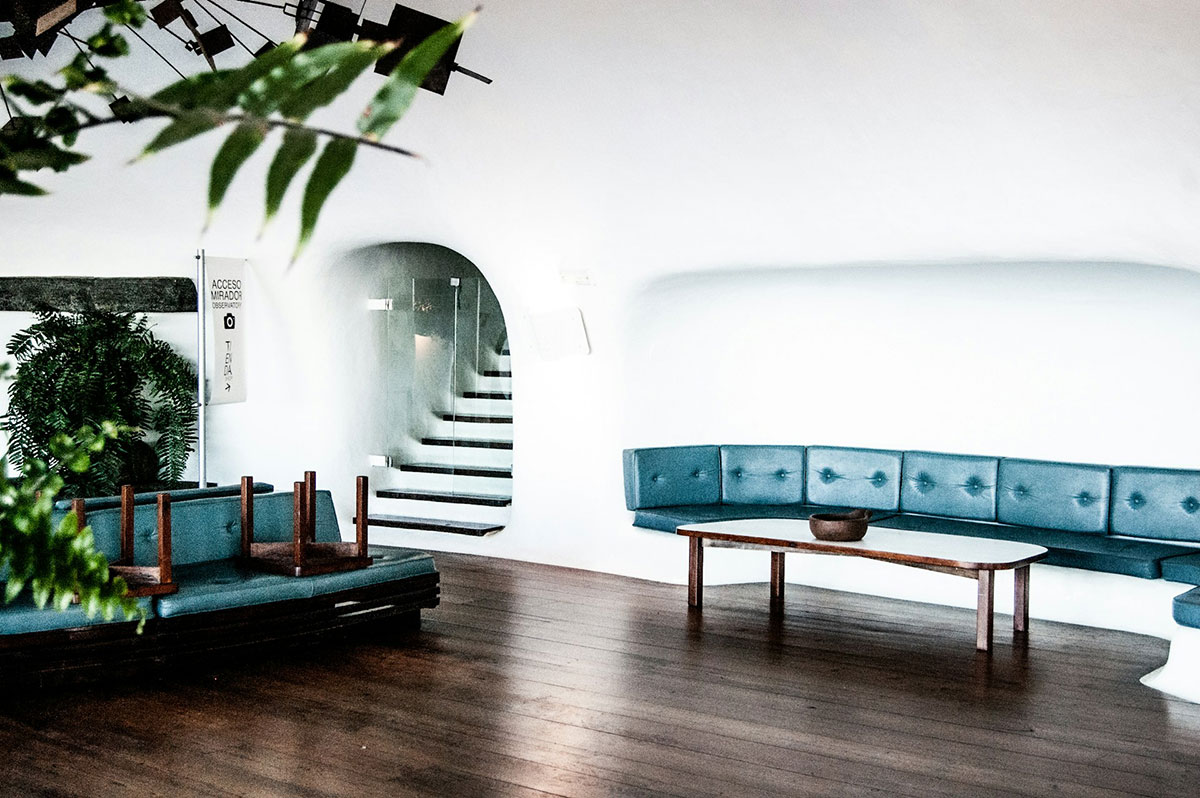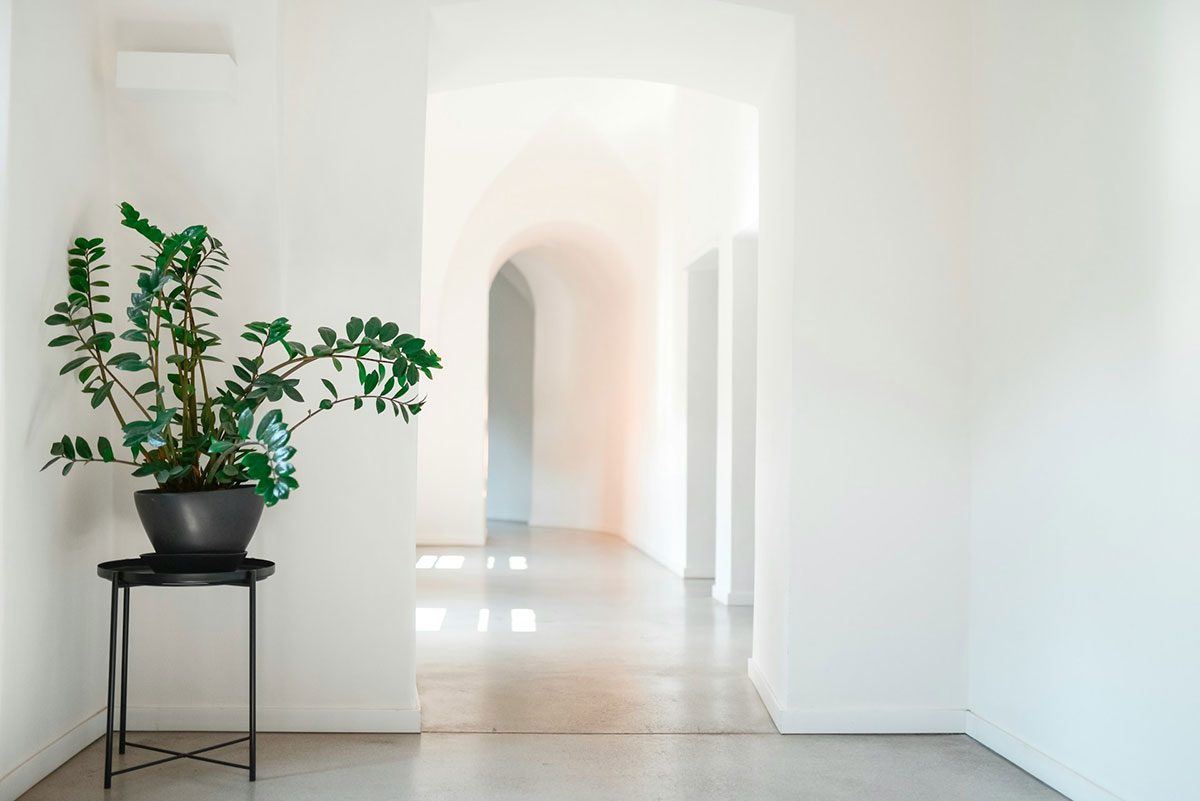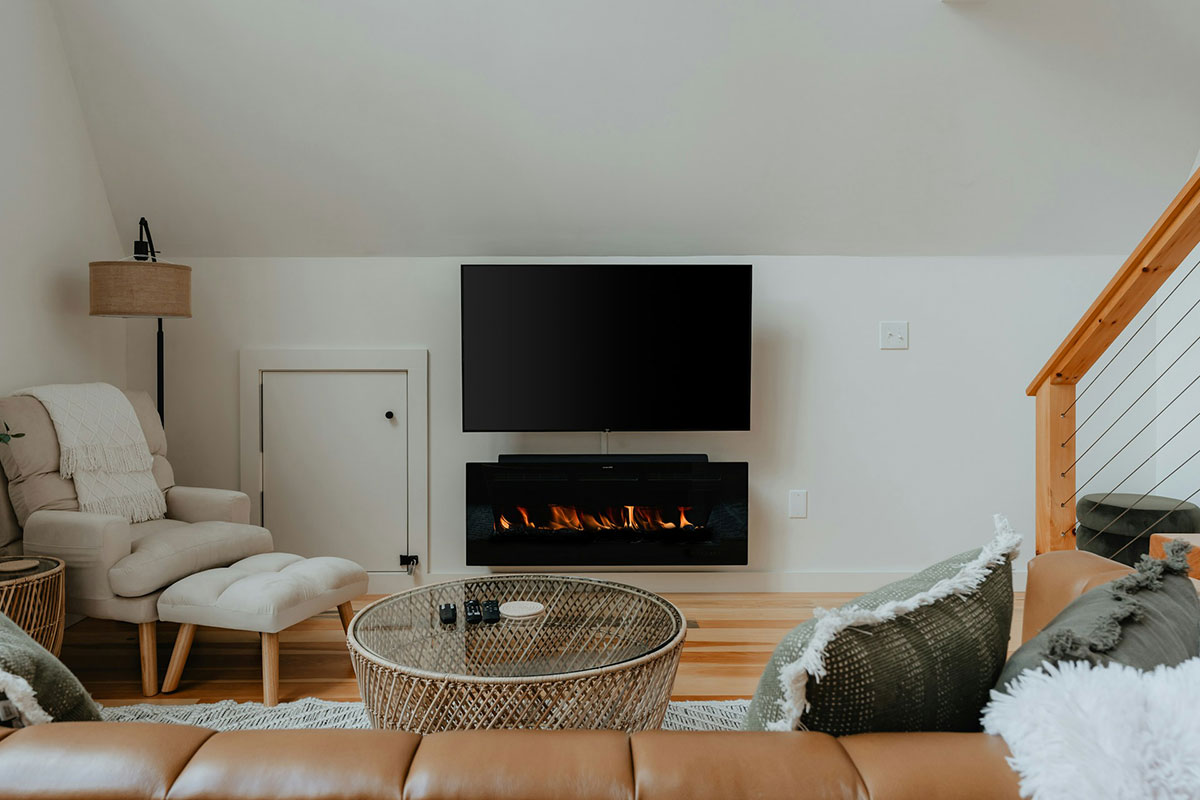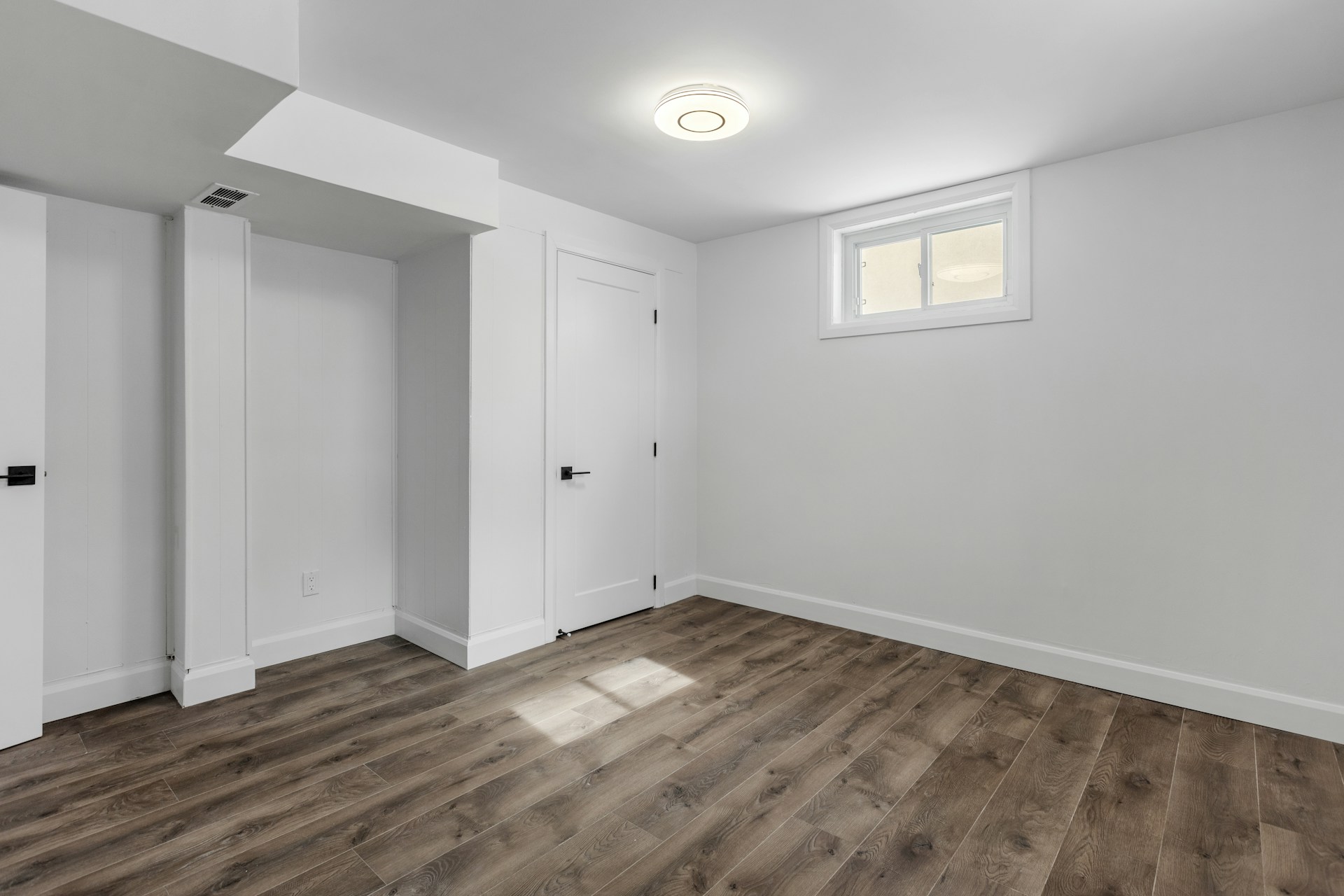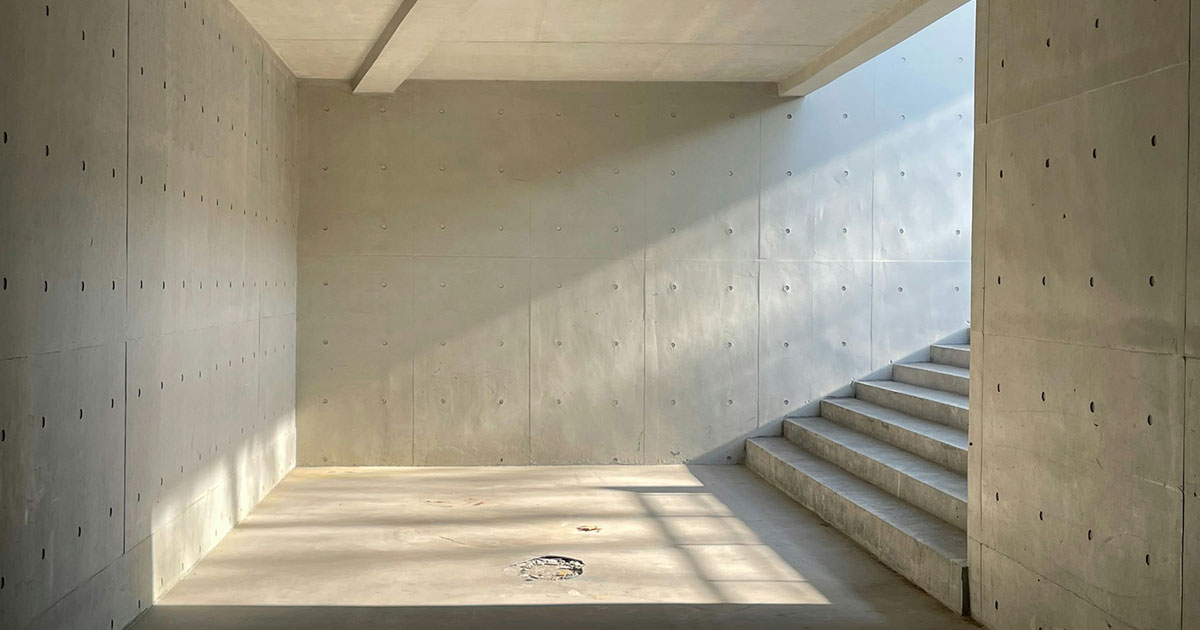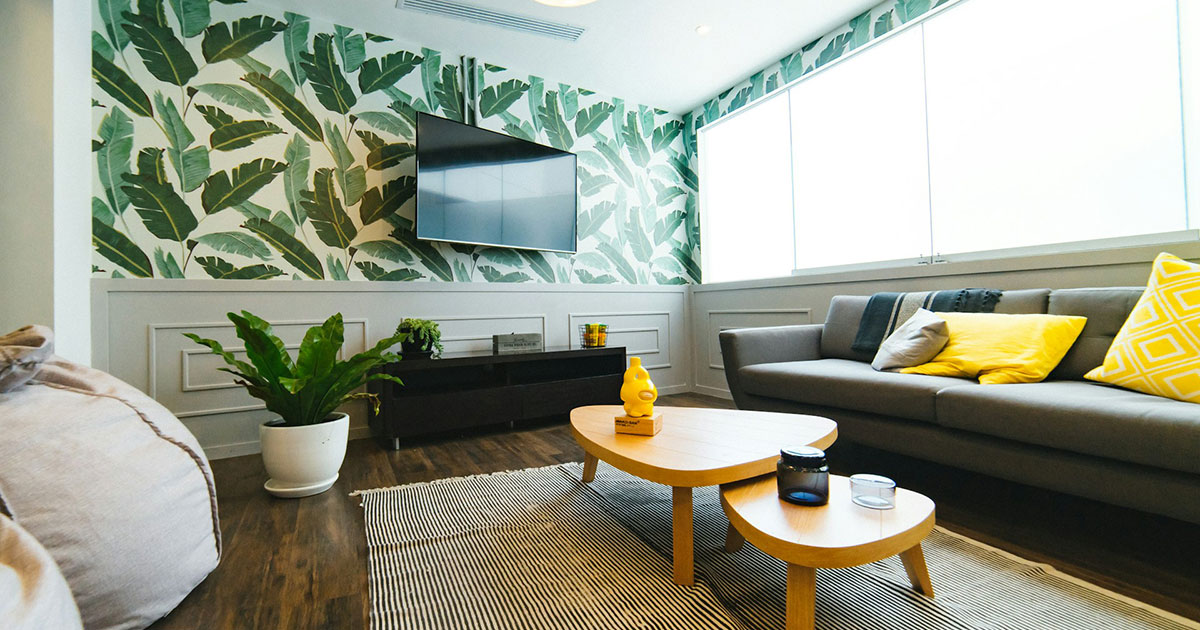Creating a cozy study room in your basement is a great idea. Whether you intend to use it for work, reading, or study, basements can be transformed into quiet, functional spaces. You don’t need a big budget or even a lot of room to get started. Here are 10 basement study room ideas to help you get started.
1. Keep It Minimal
Simple designs work well in basements. Don’t try to over complicate it. Use light-colored furniture and neutral tones to create an open feel. A simple approach such as adding a sturdy desk, a comfortable chair, and a few shelves will do the job.
2. Use Natural Elements
Basements can feel cold. Adding natural materials like wood or stone can warm it up. Try wooden shelves or a desk with a natural finish. A few potted plants can also add life to the room. Even if the basement has no windows, plants can thrive under good artificial lighting.
3. Add Modern Touches
For a contemporary look, consider modern basement study room designs to inspire you. Sleek furniture with metal finishes and glass accents can transform the space. Think about adding a statement lamp or a trendy chair. Monochromatic color schemes with pops of color also give a modern vibe.
4. Choose Smart Storage
Basements are often small, so storage is essential. Use vertical storage options like wall-mounted shelves. Floating desks with drawers save floor space. Modular furniture can also be a game-changer. These ideas work well for small basement study room ideas that maximize space.
5. Focus on Lighting
Lighting is very important in any basement study room. Always use overhead lights to brighten the space. You can layer with desk lamps for extra warmth. Some people really love LED strip lights under shelves that can add a modern touch. Always pick the best lighting options for a basement study room to make it feel inviting.
6. Use a Pop of Color
Basements can feel dull if they are too neutral. Add some bright colors to the walls or furniture. A colorful rug or a vibrant chair can add personality. Even small details like bright stationery or cushions can make a difference.
7. Go for a Cozy Nook
If your basement is tiny, create a snug corner. A compact desk with a chair and a few shelves might be all you need. Use soft lighting and add a throw blanket to make it cozy.
8. Incorporate Multipurpose Furniture
In small basements, furniture that serves multiple purposes can help. A foldable desk or a sofa bed can make the space more functional. It’s perfect if the study room doubles as a guest area or a hobby space.
9. Soundproof the Space
Having a library in your basement requires some extra effort. A basement can be noisy if it’s near an active area. Add rugs, curtains, and acoustic panels to reduce noise. Soundproofing makes it easier to focus and creates a peaceful environment.
10. Personalize It
Your study room should reflect your personality. Add artwork, posters, or family photos. Include items that inspire you, like motivational quotes or your favorite books. A personal touch makes the space feel more like yours.
Bonus Tips
Pay Attention to Lighting
Since basements lack natural light, artificial lighting is crucial. Use warm LED bulbs for a natural glow. Place a desk near light sources to avoid strain. Layering lights, like combining overhead and task lighting, creates depth.
Add Rugs and Textiles
Basements often have hard floors that can feel cold. A soft rug can make the space feel warmer and more inviting. It also adds texture and style. Choose a rug that fits the theme of your study room. You can go for a neutral tone to keep it simple. Or pick something colorful if you want to add a pop of energy. Rugs are not just cozy; they also help absorb sound, making the room quieter.
Throw blankets and cushions can add to the comfort. If you have a small couch or a reading chair, these little additions make it feel homier. Textiles soften the space and make it more relaxing to spend time in.
Decorate the Walls
Plain walls can make a basement feel dull. Adding some decorations can change the vibe completely. You don’t have to spend a lot. A gallery wall with family photos or framed prints works beautifully. Hang a corkboard or whiteboard for notes and inspiration. If you like art, choose a few pieces that inspire you.
Use Mirrors to Create Space
Basements often feel smaller than they are. Adding mirrors can help. They reflect light and make the room feel bigger and brighter. A large mirror on one wall works well. If you prefer something decorative, you can use smaller mirrors with interesting frames. Mirrors are a simple way to enhance the space without much effort.
Opt for a Statement Wall
If you want a bold design, consider a feature aka statement wall. You can go for paint, wallpaper, or even wood paneling. Keep it behind the desk or seating area. You can go for geometric patterns or dark, moody colors for a modern look. If you want a cozy vibe, try textured wallpaper or warm-toned paint.
Feature walls create a focal point in the room. They make the space feel designed and put together. It’s a simple way to add character without overwhelming the space.
Choose Comfortable Furniture
A study room is all about comfort. You’ll spend hours sitting and working, so choose your chair wisely. Ergonomic chairs are a great investment. Look for one that provides good back support and is adjustable.
Keep It Organized
Clutter can ruin even the most beautiful study room. Make sure everything has its place. Use baskets or bins to store items you don’t use often. Labeling boxes can help you find things easily.
A desk organizer is a must. Keep pens, paper, and other supplies neatly stored. Wall-mounted shelves or pegboards are great for keeping things off your desk.
Final Thoughts
Designing a basement study room doesn’t have to be complicated. Focus on comfort, lighting, and storage. Whether you love modern designs or cozy nooks, there’s something for everyone. These basement study room ideas can transform your space into the perfect place to focus and unwind.





